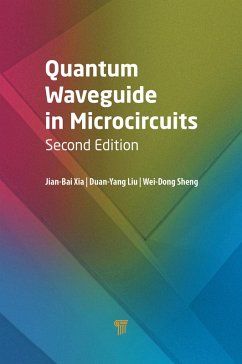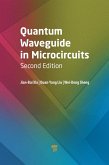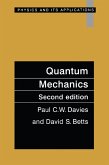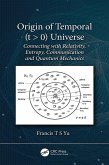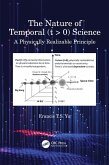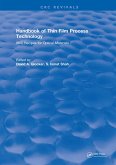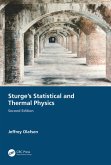Physically, when the scale of a circuit element decreases to 10 nm or even less, the quantum effect will appear and play a more and more important role. The electron transport becomes non-classical and non-linear, and even the electron motion likes the waveguide motion. This book introduces some theories and experiments of quantum transport and consists of two parts: (1) Non-Classical and Non-Linear Transport and (2) Quantum Waveguide Theory. It provides some foundations of semiconductor micro- and nanoelectronics for the after-Moore age. The two new chapters in this edition present investigations on (1) mesoscopic transport and (2) Rashba electron's spin transport in a straight waveguide with a stub that has a smooth boundary.
Dieser Download kann aus rechtlichen Gründen nur mit Rechnungsadresse in A, B, BG, CY, CZ, D, DK, EW, E, FIN, F, GR, HR, H, IRL, I, LT, L, LR, M, NL, PL, P, R, S, SLO, SK ausgeliefert werden.

